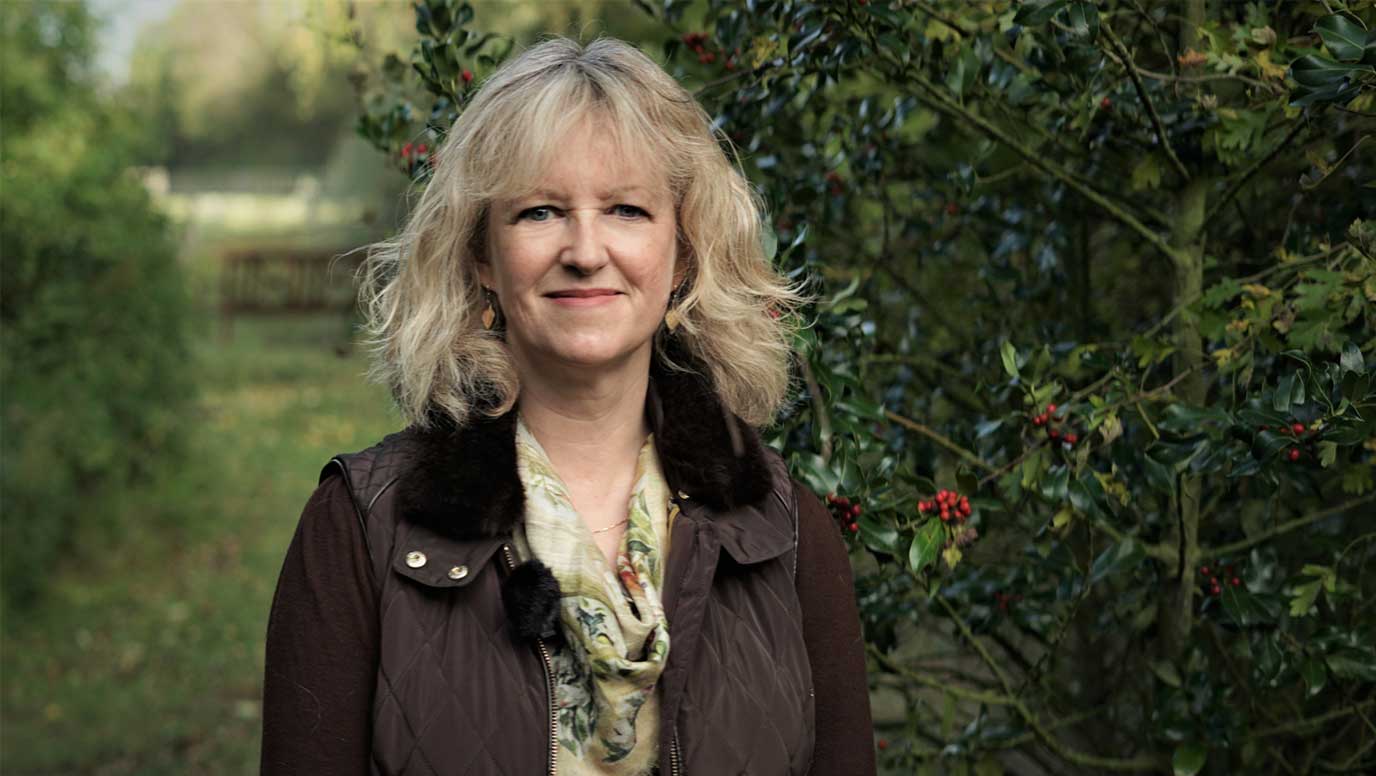AgriTech chief wants new strategy so innovation doesn’t wither on the vine

Agri-TechE says the seeds sown in the first government AgriTech strategy – from 10 years ago – need to be reinforced and enhanced. The organisation’s ‘Back to the Future’ report, marking its 10th anniversary, provides a 360-degree overview of what is needed to maintain the momentum from the 2013 review.
Responses from over 70 contributors, including innovative farming businesses and estates, researchers and technology developers, investors, and technical and commercial service providers, shaped the new report.
While there is much optimism for the next decade of innovation in the sector, contributors also identify challenges – including a changed investment landscape, difficulties scaling solutions and businesses, a lack of secure revenue streams and failure by regulators to keep pace with innovation.
The responses clearly highlight the need for a new government strategy, following on from the transformational 2013 iteration, says Dr Belinda Clarke, Agri-TechE director. She says: “The 2013 strategy engendered a lot of fresh thinking, energy, external investment and innovation in the agricultural and horticultural sectors.
“But the industry is now in a very different place and needs new government focus to shape the future of AgriTech to enable it to help the sector meet new priorities.”
These include a much greater emphasis on climate-smart agriculture to reduce greenhouse gas emissions, and aligning on-farm productivity with environmental sensitivity to help reverse biodiversity declines and maintain clear water and air, Dr Clarke believes.
And the government should also recognise that the sector delivers much more than just food and beverages; it also includes ecosystem services and industrial feedstocks such as biofuels, pharmaceuticals, and raw materials for textiles and construction, she argues.
“We need the new government to deliver a strategy for agriculture and horticulture that recognises the industry as a key component of our bioeconomy,” Dr Clarke says. “This, in turn, will inform a refreshed agri-tech strategy as one of the key enablers of unlocking the industry’s potential.”
Clear policies give clarity on the direction of travel and build confidence, she stresses. “Well-defined, long-term sector strategies can lever private investment and provide a roadmap for innovation success. A new strategy for the next decade is needed.”
Among the other challenges for AgriTech companies identified in the report is how regulation is failing to keep pace with innovation. An example is the lack of clear regulation for emerging trends, such as the use of biological products. For AgriTech developers, earlier engagement with regulators from the outset of innovation is vital, the report suggests.
Scaling solutions also remains challenging, which could at least be partially helped through more government support for businesses, potentially via contracts or subsidies to help boost nascent industries. Without secure revenue streams, markets can be tough to penetrate.
Equally importantly, innovators in the segment are struggling to calculate return on investments for farmers – vital information for growers to decide whether to embrace a new technology. That is leading to some on-farm fatigue, the report reveals, along with some technologies and businesses failing to deliver on their hype.
“We need to stop promising farmers that a technology is going to change the world tomorrow,” Dr Clarke stresses. “While some farmers are happy to be beta-testers, the majority want reliability and seek solutions that will work the first time.”
The report identifies that there is no shortage of new technology to help farmers in the future. From conversational artificial intelligence that will allow users to ask specific questions of their data – and get sensible answers – to sensors that help growers understand what plants need for optimum nutrition and performance, and genetic tools for breeding plants and animals with valuable new traits.
These and other technologies will potentially deliver solutions to reduce greenhouse gas emissions, reverse biodiversity loss and maintain water quality.
Developments such as satellite imaging and GPS navigation, clean energy production through ground source heat pumps and anaerobic digestion, innovative lighting solutions, livestock wearables and metagenomic sequencing of plants, animals and microbes show how farm AgriTech has come in the past decade, Dr Clarke says.

